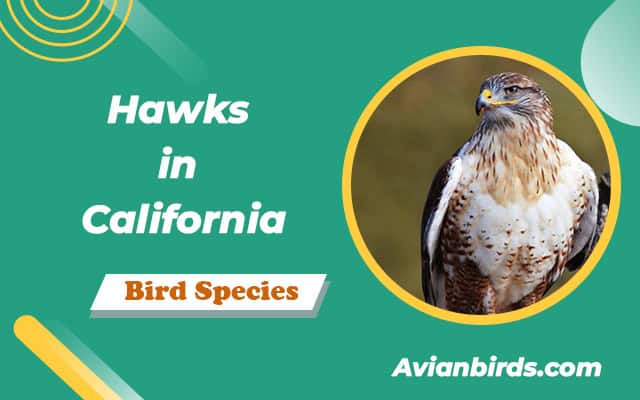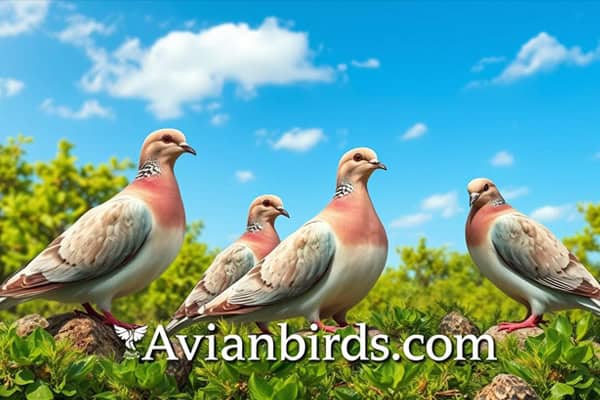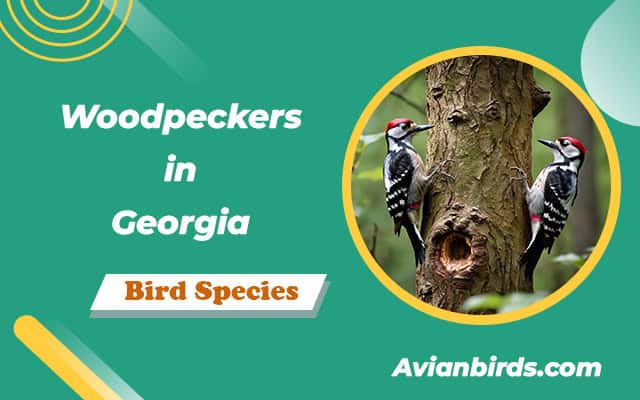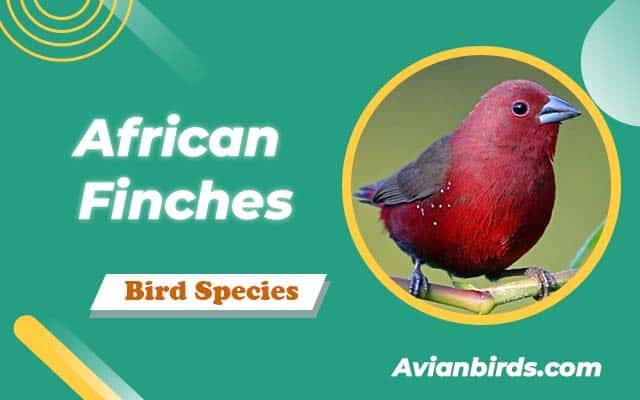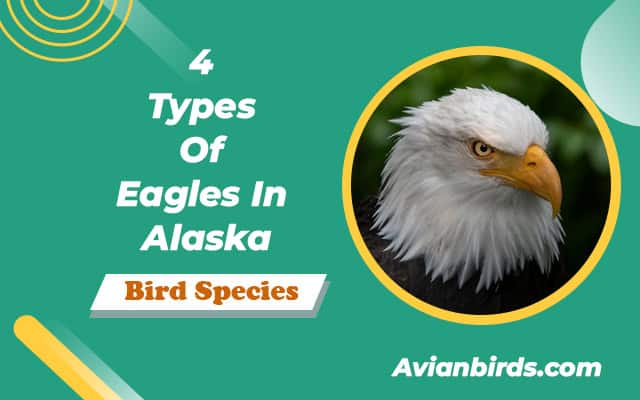11 Hawks in California (ID Guide With Pictures)
In California, hawks soar as a symbol of the wild. My research reveals they’re part of the Accipitridae family, which includes various raptors, not just those named ‘hawk’.
These intelligent birds, once central to falconry, now aid in pest control and conservation. California’s rich habitats support eleven hawk species, alongside other notable wildlife like the California Condor. Also, this guide will introduce you to these amazing birds and show you where to find them.
Here, we’ll learn about 11 different types of Hawks in California
1. Sharp-shinned Hawk
- Scientific name: Accipiter striatus
- Length: 23 -37 cm
- Weight: 82 to 219 g
- Wingspan: 58 to 68 cm
- Lifespan: 5-12 years
- Status: Least Concern
The Sharp-shinned Hawk, or ‘Sharpie’, is a tiny hawk that lives all over the Americas. Interestingly, the males are much smaller than the females, making them the tiniest hawks in the US and Canada.

They love to eat small animals, especially little birds. The biggest bird a Sharpie has ever caught was a Ruffed Grouse, which is a bit heavier than a can of soup.
Besides birds, these quick little hawks also munch on things like mice and even dragonflies.
2. Cooper’s Hawk
- Scientific name: Accipiter cooperii
- Length: 35 to 50 cm
- Weight: 7.8-14.5 oz
- Wingspan: 62 to 99 cm
- Lifespan: 5-10 years
- Status: Least Concern
The Cooper’s Hawk is big in North America, bigger than many others. Because of their size, they’re good at hunting big animals.
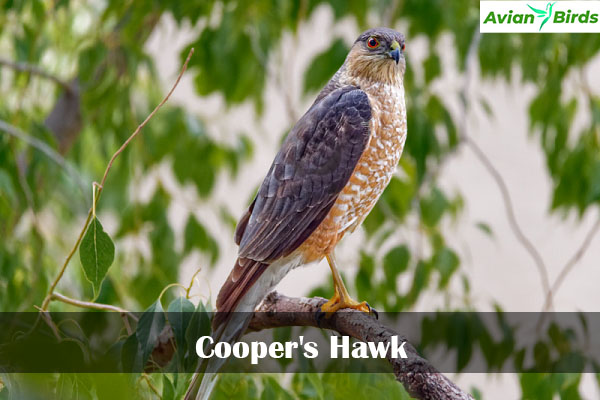
They’re often called chicken hawks or hen hawks because they can catch farm birds like chickens if they get the chance.
You’ll find Cooper’s Hawks a lot in California, living mostly in forests with lots of trees that lose their leaves in fall.
These hawks don’t mind if their home areas get broken up. You might see them near roads or sitting on poles. Some of them stay in parts of California all year, even though they usually move around with the seasons.
3. Northern Goshawk
- Scientific name: Falco columbarius
- Length: 46 to 61 cm
- Weight: 357- 2,200 g
- Wingspan: 89 to 105 cm
- Lifespan: 7-12 years
- Status: Least Concern
The Northern Goshawk is a rare and pretty bird that likes to live alone, except when it’s with its mate. It’s super quick in the air, especially when chasing food, and it doesn’t take long for it to catch something to eat—usually less than 15 minutes.

Even though they like being alone, sometimes two Goshawks that are mates will hunt together.
They’re good at hunting and eat lots of different things, from small birds and animals like voles and rats to bigger ones like pheasants, hares, and even porcupines with sharp quills.
Sometimes, they’ll eat animals that are already dead, like sheep and goats that they find.
4. Red-shouldered Hawk
- Scientific name: Buteo lineatus
- Length: 38 to 58 cm
- Weight: 550-700 g
- Wingspan: 90 to 127 cm
- Lifespan: 7-12 years
- Status: Least Concern
Red-Shouldered Hawk is a common hawk you can see on California’s coast. Farmers and people who have houses like them because they eat pests like small rodents.
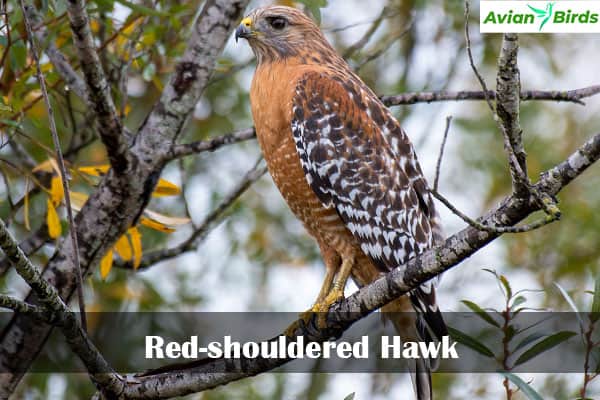
But sometimes, the bigger Red-tailed Hawk can push them out of their homes.
These hawks have a special rusty-red color on their shoulders that goes all the way down their chest and belly.
They’re often mixed up with the Red-tailed Hawk, but Red-Shouldered Hawks are thinner and quicker, and they don’t have the light-colored bottom that Red-tailed Hawks do.
5. Broad-winged Hawk
- Scientific name: Buteo platypterus
- Length: 32 to 44 cm
- Weight: 265 to 560 g
- Wingspan: 74 to 100 cm
- Lifespan: 7-12 years
- Status: Least Concern
The Broad-winged Hawk is a small kind of hawk with wide, easy-to-spot wings. They have light bellies with brown stripes and dark brown backs.
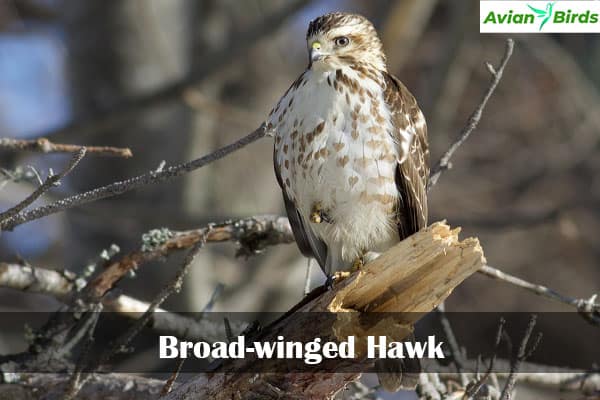
They live all over North and South America. When they move to different places, they fly together in big groups called ‘kettles’, which are amazing to see because there can be thousands of them!
6. Swainson’s Hawk
- Scientific name: Buteo swainsoni
- Length: 43–56 cm
- Weight: 0.5–1.7 kg
- Wingspan: 117–137 cm
- Lifespan: 8-14 years
- Status: Least Concern
Swainson’s Hawk is a pretty bird that farmers like because it eats lots of bugs, especially grasshoppers. They’re called grasshopper hawks for this reason. They don’t stay in California all the time, but they come there to have babies.
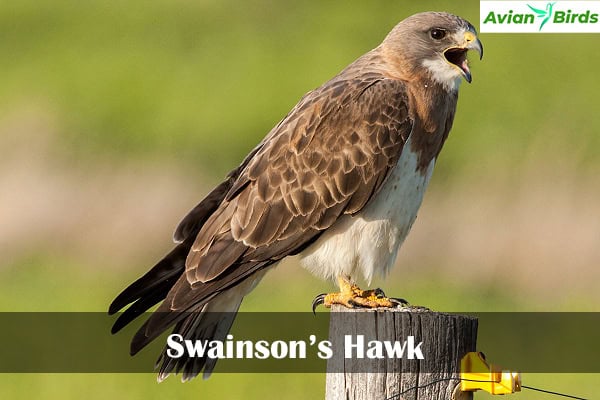
These hawks like places that are open and dry, like big fields and deserts. They eat insects and little animals, like mice, that live in these places.
They’re really good at catching ground squirrels. Sometimes, they even catch bigger animals, like ducks and grouse, which are types of birds.
7. Red-tailed Hawk
- Scientific name: Buteo jamaicensis
- Length: 45 to 60 cm
- Weight: 690-1,300 g
- Wingspan: 105 to 141 cm
- Lifespan: 6-10 years
- Status: Least Concern
The Red-tailed Hawks in California is a bird that you might think of when you imagine a hawk. It’s the kind of hawk you see most often in North America.

When you hear a hawk’s scream in movies, it’s usually the Red-tailed Hawk making the sound. They use its call for the Bald Eagle in films because the eagle’s real scream doesn’t sound strong enough for some people.
Sometimes people call this hawk a ‘chickenhawk’, but that’s not its real name.
Red-tailed Hawks eat lots of small animals like mice and rats. They also help control animals that shouldn’t be in North America, like European Starlings. These starlings are not from here and can cause problems for the birds that are.
Some people who own buildings like having Red-tailed Hawks around. The hawks scare away the starlings, which are loud and like to stay in one place if they feel safe.
8. Rough-legged Hawk
- Scientific name: Buteo lagopus
- Length: 46–68 cm
- Weight: 600-1,660 g
- Wingspan: 120 to 153 cm
- Lifespan: 8-10 years
- Status: Least Concern
The Rough-legged Hawk, also called the Rough-legged Buzzard in Europe, is a big and special kind of bird.

This hawk can do something not many others can – it can stay in one place in the air, like hovering. Usually, only falcons do this, not hawks. Even though they can look different in color, you can tell it’s a Rough-legged Hawk by its long white tail with dark bands at the end.
These hawks in California live in very cold places most of the time, but when it gets too cold, they move to warmer areas. If you’re in California during the winter, you might see this big bird flying around.
9. Ferruginous Hawk
- Scientific name: Buteo regalis
- Length: 51 to 71 cm
- Weight: 907-2,268 g
- Wingspan: 122 to 158 cm
- Lifespan: 8-12 years
- Status: Least Concern
The Ferruginous Hawk is a big and strong bird. It’s the biggest hawk in North America that belongs to the Buteo group, and grown-ups don’t have many enemies in nature.

You can see this hawk in two main looks: ‘light’ and ‘dark’. The light ones have a rusty red back, and the dark ones have a dark brown or black back. Their call is loud and sounds a bit like a seagull.
Both male and female hawks look the same, so it’s hard to tell them apart just by their colors. But the female hawks are usually bigger than the male hawks.
These hawks eat different kinds of animals but like to eat black-tailed jackrabbits.
10. Zone-tailed Hawk
- Scientific name: Buteo regalis
- Length: 46 to 56 cm
- Weight: 565-1,080 g
- Wingspan: 117–140 cm
- Lifespan: 8-12 years
- Status: Least Concern
The Zone-tailed Hawk stands out because it’s mostly black, which is different from other hawks that are usually brown, rust, or gray.

Under its wings, it has lighter gray bars that look like shiny silver stripes when the sun hits them. This hawk’s nose area and legs are a bright yellow color.
When this hawk flies, it looks a lot like the Turkey Vulture that flies slowly. Some people think this helps the hawk sneak up on its food without scaring it away.
But unlike the Turkey Vulture, the Zone-tailed Hawk doesn’t eat dead animals. It hunts for living things like small birds, mammals, and lizards to eat.
11. Harris’s Hawk
- Scientific name: Parabuteo unicinctus
- Length: 46 to 59 cm
- Weight: 546-850 g
- Wingspan: 103 to 120 cm
- Lifespan: 10-12 years
- Status: Least Concern
The Harris’s Hawk is a bird that’s easy to spot, even if you’re just starting to learn about hawks. It has a dark brown body with bright rust-colored shoulders.
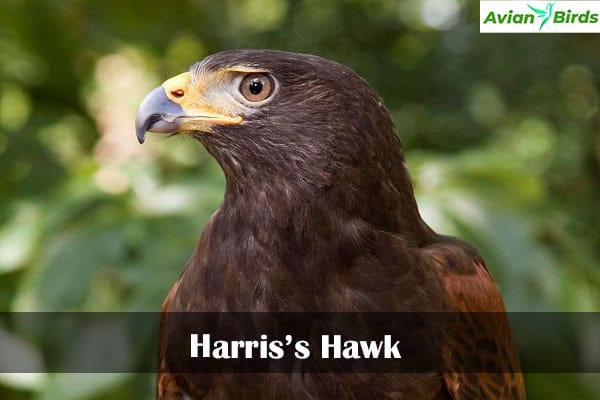
This hawk is known for being really smart. Most birds of prey like to hunt alone, but Harris’s Hawks like to hunt together in groups, which is pretty unusual. People who train birds for falconry like them because they’re friendly and like to be around others.
You can find Harris’s Hawks in different places, but they like woods and places that are kind of like deserts but not too dry.
They stay in the same area all year, so if you’re in California, you can see them anytime.
Check Our Previous Articles:
Where to Spot Hawks in California
If you love watching birds and want to see more hawks in California, there are some things you can do to make it more likely. Here’s a simple guide to help you spot hawks and encourage them to visit your area:
1. Use Good Bird Watching Gear: Having a good pair of binoculars can make it easier to see hawks, especially since they blend in with their surroundings. You can find affordable binoculars at second-hand stores or borrow them from some libraries or birdwatching groups.
2. Visit Parks and Join Tours: Check out trails in California state parks that are great for seeing wildlife. These parks often have guides to tell you about the birds there. If you’re new to birdwatching, you might want to go on a guided tour. The guides are really good at finding birds that you might not notice yourself.
3. Help Hawks Live Near You:
- Don’t use poisons to kill mice or rats. These poisons can also hurt hawks that eat the poisoned rodents.
- Leave old trees with holes in them for hawks to use as shelter, but only if the trees are safe and won’t fall.
- Put out water for hawks to drink and bathe in, and they might come to catch other animals there too.
Remember, don’t feed hawks with meat from the store or food for pet snakes because it might not be good for them and could make them sick. If you want to learn more about hawks, think about joining a local falconry group or volunteering with them. It’s a great way to get to know these amazing birds safely.
Frequently Asked Questions
Q1. What are the most common hawks in California?
The Red-tailed Hawk is the most common hawk species in California.
Q2. Why would a hawk be in my backyard?
Hawks might visit your backyard in search of prey such as rodents, birds, or insects.
Q3. What attracts hawks to your yard?
Hawks are attracted to yards with abundant food sources like rodents, birds, or insects, as well as open spaces for hunting.
Q4. Are hawks good to have around?
Yes, hawks play a vital role in controlling rodent and pest populations, contributing to ecosystem balance.

